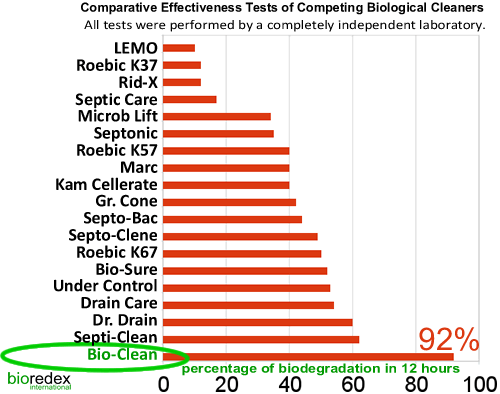After reviewing some of the comments made over the years regarding dosage rates & frequencies, I really wish that I would have put out a large WARNING in this thread, regarding same.
Warning - STOP Now & Read Below Before Proceeding!
If I could make that into a blinking GIF, I would.
As stated above - a little of these products goes a long ways!
Please Read the Following, Before Adding PROBIOTIC Bacteria OF ANY KIND To Your Tank!
The idea is to start this process gradually, not shock the aquarium with a shovel full of probiotic bacteria, added to a tank that is already choked off with sludge. I'm exaggerating of course, but a little goes a long ways, and one shouldn't expect bacteria to replace general maintenance of ones tank, including filter media and regular siphoning of substrate etc.
Used on a regular basis, in a limited controlled amount, these heterotrophic bacteria will convert excess organics to carbon dioxide, ash, mineral, gas, and water, which are then removed further via aeration, plants, and regular water changes. It can help reduce excessive organic build up, especially in low flow areas where a siphon cannot reach, as well as breaking down organic sludge that builds up on filter media in between regular maintenance.
Don't KILL Your Fish!
Another real risk to overdosing with massive amounts, especially in a sludge filled tank, is 02 depletion.
People need to be sensible when using these products. If not, then operator error could prove to be fatal in extreme situations. Starting off with a massive dose can cause ammonia spikes from a sudden increase in a massive amount of organics being consumed by these bacteria. it can also cause a sudden depletion in oxygen levels from this same process - bacteria need oxygen, as do your fish, so go easy and pay attention to the following - BEFORE you start adding these products to your tanks.
Some info from the Experts in this Area
From the pages of Alken Murray, which I have linked to previously in this discussion, but may have been missed by some. This is from one of the soluble formulas (so pretty much zero bran, wheat, etc substrate) when added to ones tank, much like what I have described with the Bio-Clean formula that I am currently trialling. This formula was also designed for aquariums, along with ponds, and they break the dosage down to per 100 gallons.
https://www.alken-murray.com/1002pib.htm
ALKEN CLEAR-FLO® 1002 is a soluble, super-concentrated, dry blend of eleven natural, non-pathogenic, spore-forming, gram-positive Bacillus specifically selected for use in aquariums and garden ponds, to rapidly degrade a wide assortment of proteins, starches, fats, carbohydrates, fibers and excreta that contribute to murky water, reduced oxygen and buildup of algae and sediments.
This is much like the septic bacteria formulas that have been mentioned in this thread, some are simply more powerful than others, due to their bacteria & enzyme content.
THIS IS IMPORTANT!
For aquariums and garden ponds from 100 to 1,000 gallons (378 - 3,780 liters): For each 100 gallons (378 liters), the initial dose is 0.5 grams, followed by 0.2 grams once a week for 3 doses, then 0.2 grams twice a month.
This is Important Too!
Dosage Charts for Aquatic Application of Alken Clear-Flo 1000 line products
www.alken-murray.com
- To equate volume with weight in bran-based dry products (NOT exact due to variability of product density)
1 teaspoon of volume = 0.08 ounces (2.5 grams) of weight
1 tablespoon of volume = 0.26 ounce (7.5 grams) of weight.
2 oz. volume scoop holds 1 ounce (28 grams) weight
4 oz. volume scoop holds 55 grams (1/8 lb.) weight
8 oz. volume scoop holds 110 grams (1/4 lb) weight
1 quart of volume will equal 1 lb. (450 grams) weight
So when people are referring to using 3-4 cups of product, in their 300 gallon tank - a word to the wise, use the chart & dosage rates that the experts have suggested for their products. These products should be measured in grams, or fractions of teaspoons, NOT cups! They even have guidelines for liquid formulations, including for alternative applications, such as septic systems.
If your tank is a sludge filled crap fest, start small, and work your way up. DO NOT OVERDOSE to cut corners!
Then, once the bacteria are established, do as Alken-Murray recommend, and cut back to a maintenance dosage.













